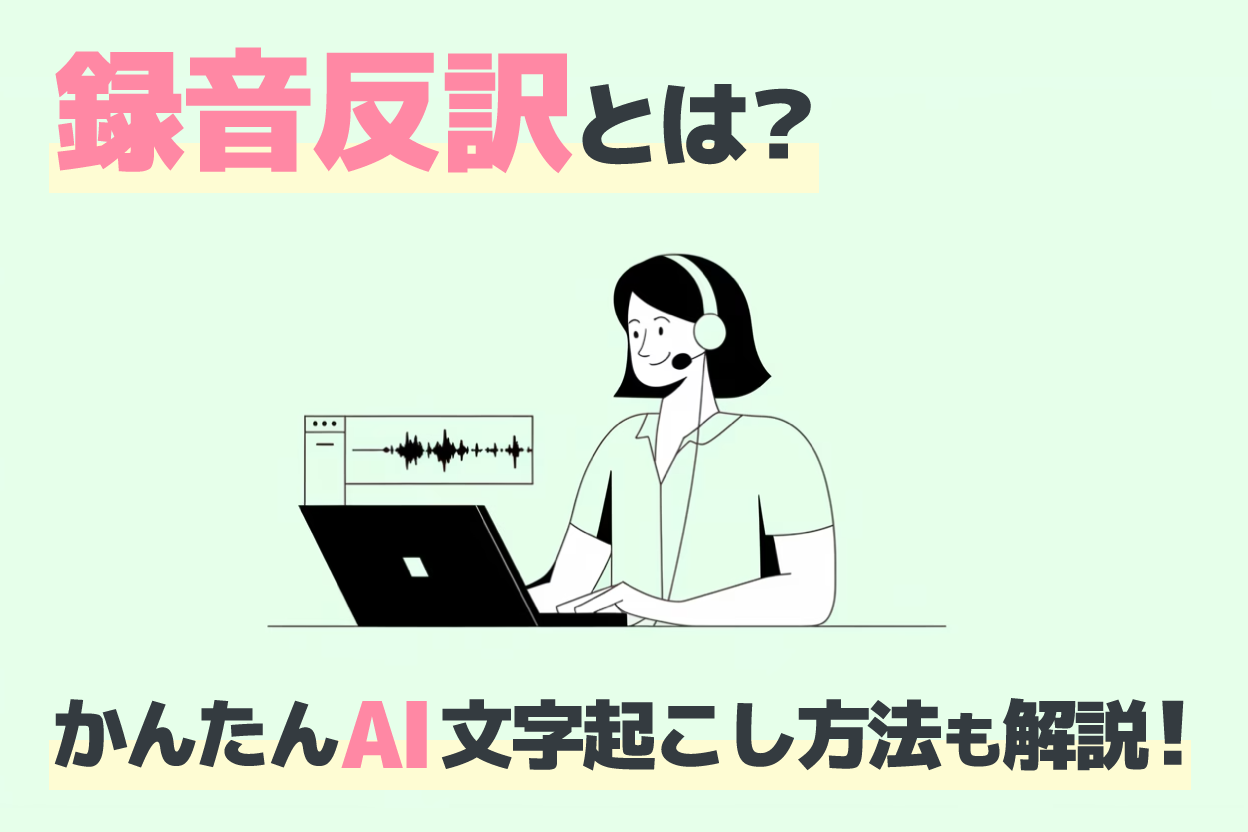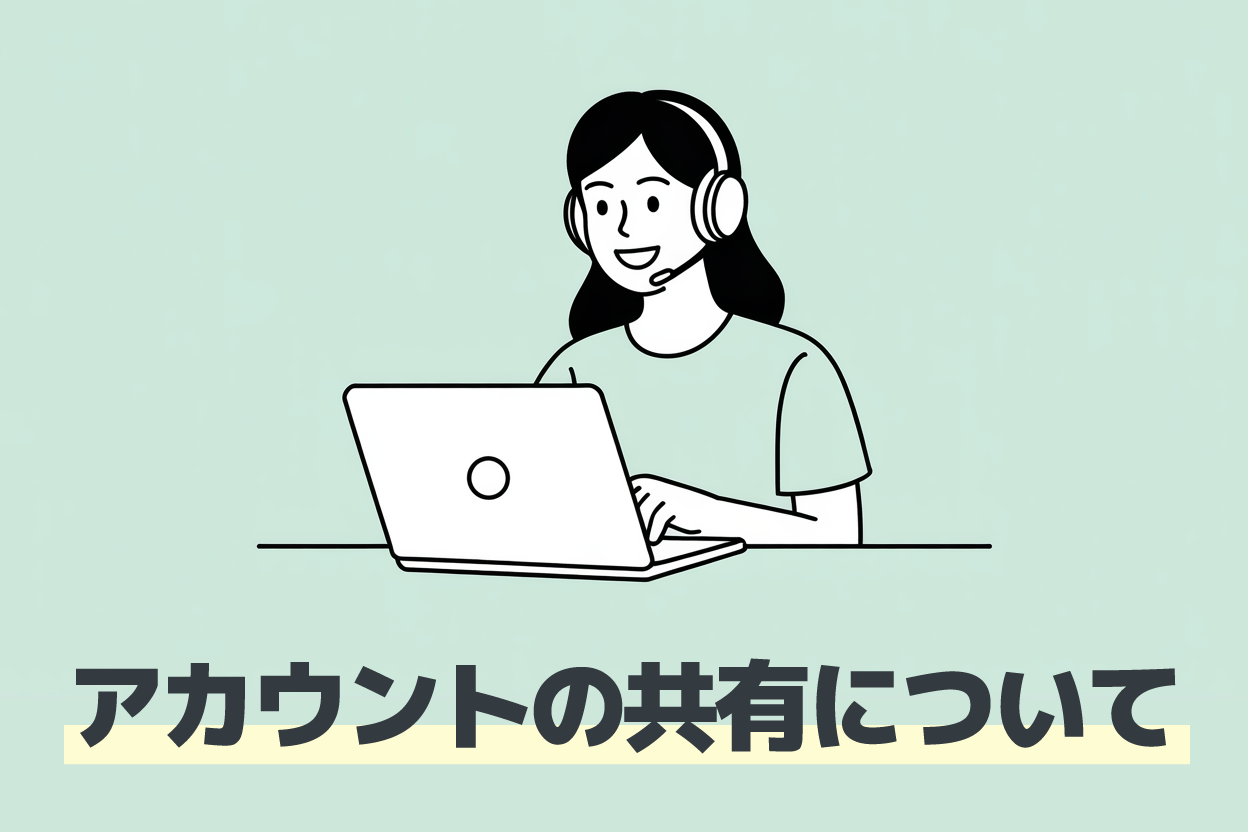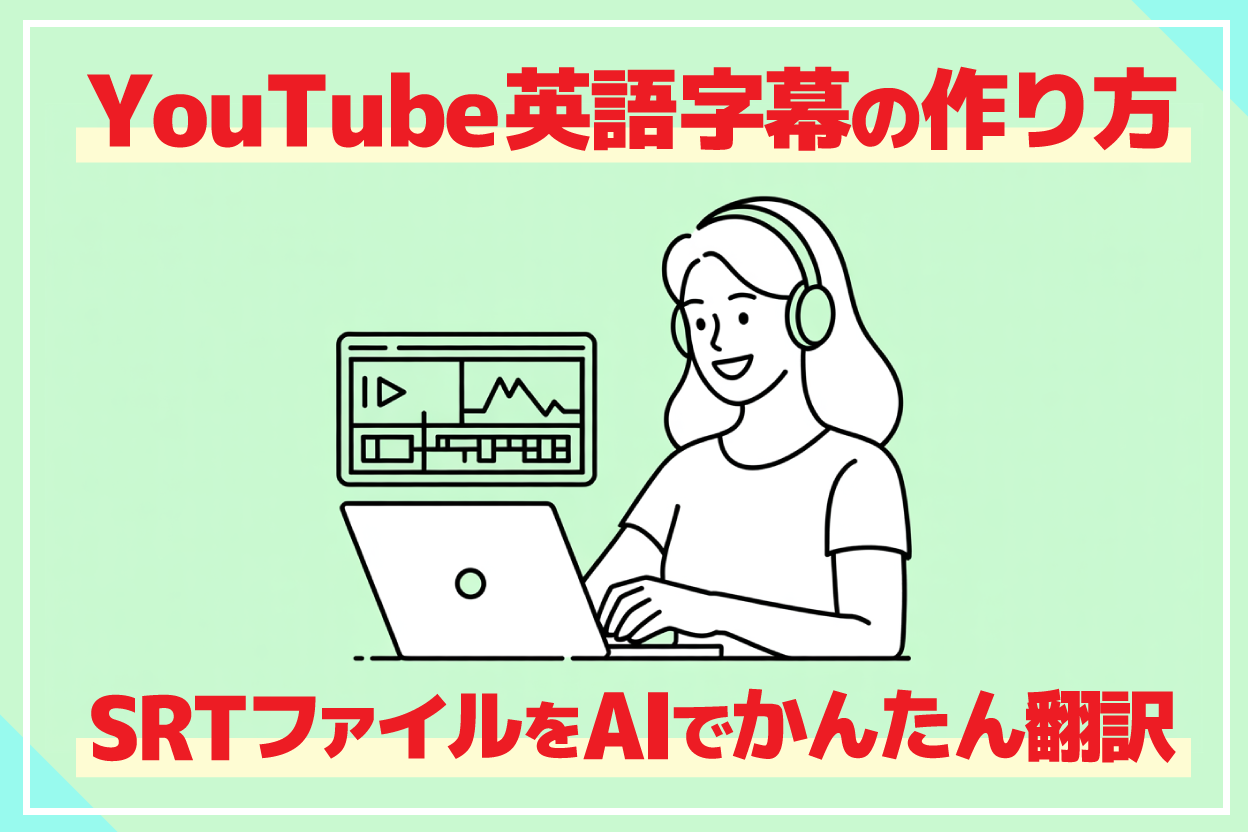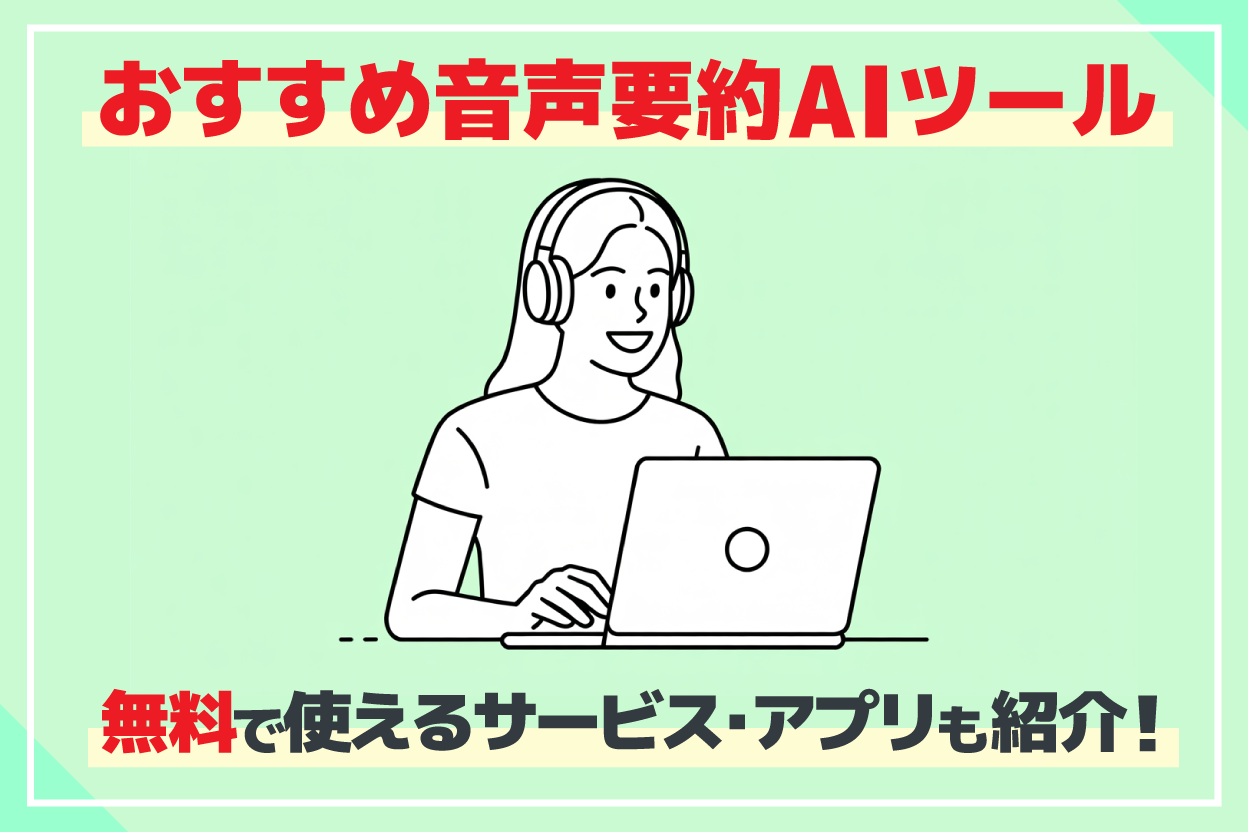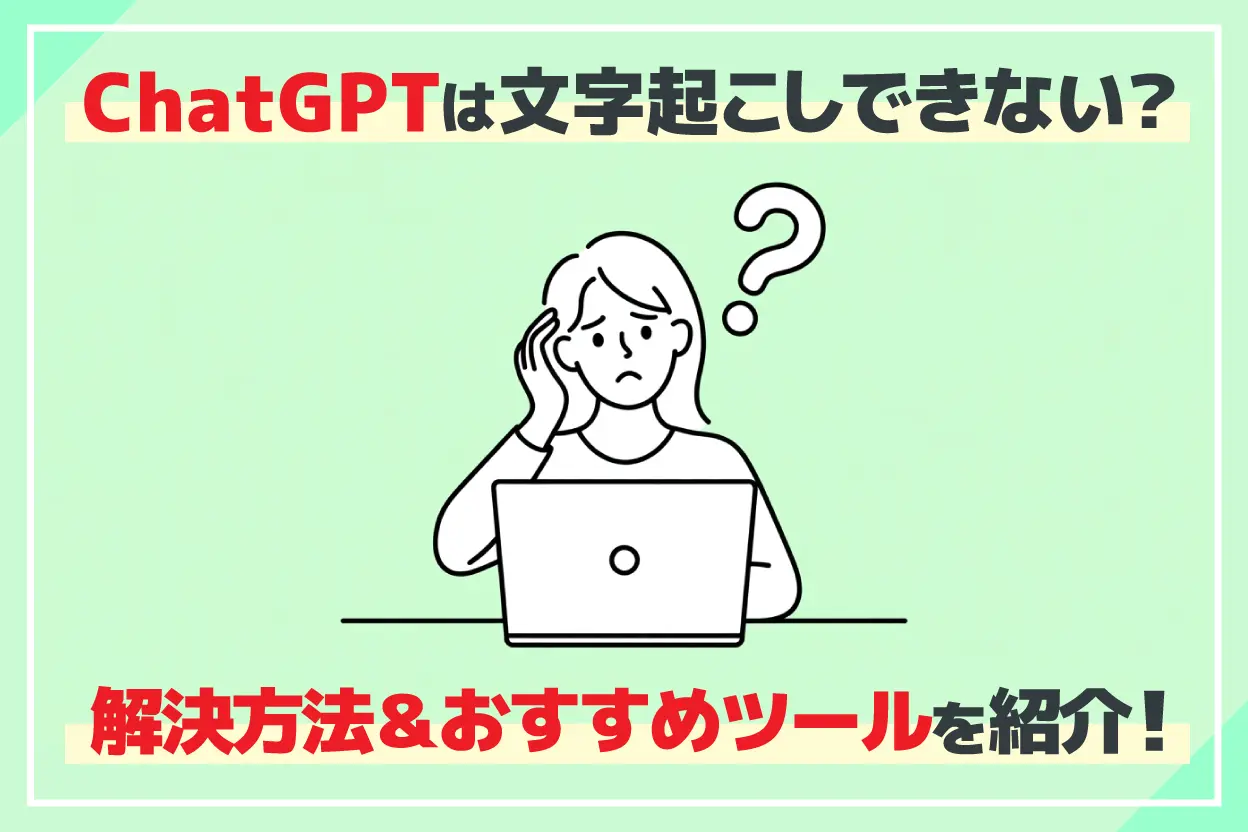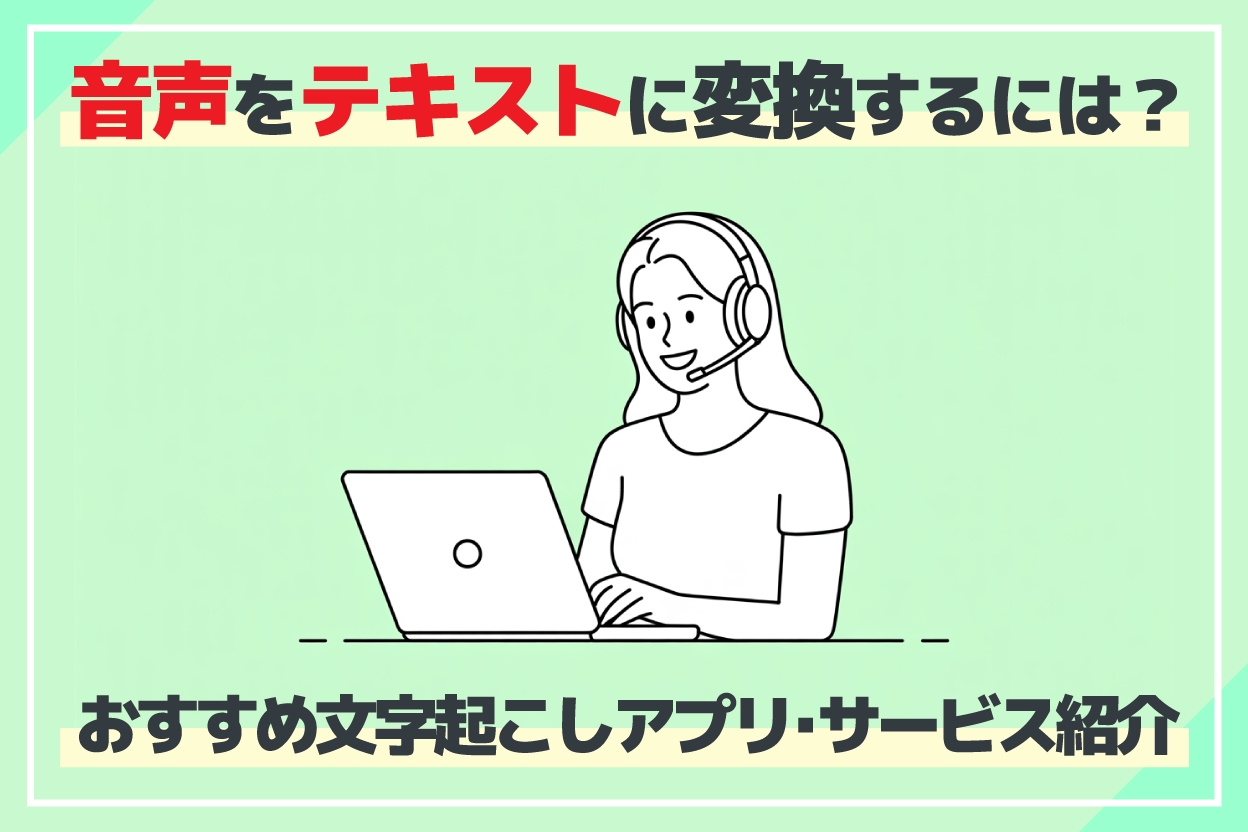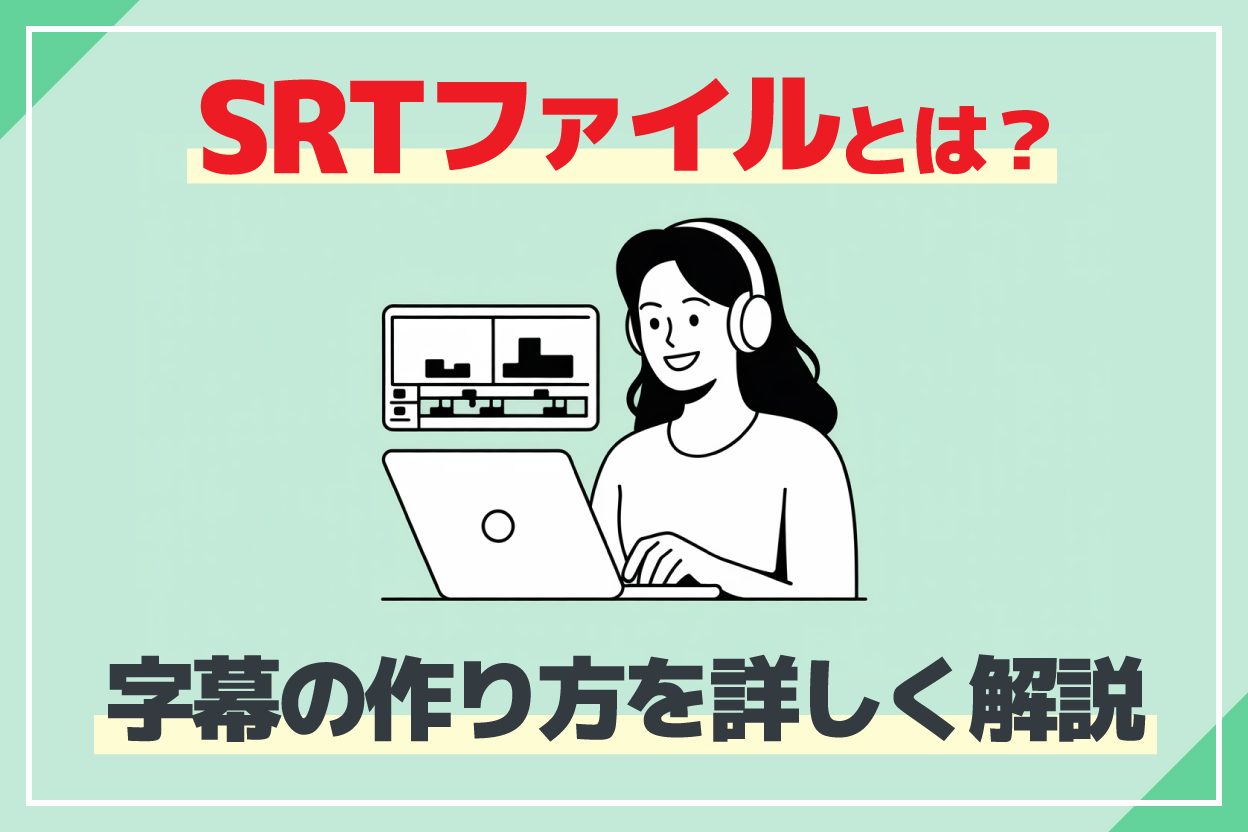Audio Transcription: Raw, Cleaned & Formatted Explained
July 6, 2025


When transcribing audio or tape recordings, it's crucial to understand the three formats: "verbatim transcription," "edited transcription," and "polished transcription."
In today's business world, the need to convert audio into text is growing rapidly, for tasks such as creating meeting minutes, producing interview articles, and analyzing audio for research.
However, when you actually try to transcribe audio, you might often wonder which format to choose.
If you don't choose the appropriate format, you might not achieve the desired results even if you convert the audio to text.
This article will explain in detail the differences and characteristics of verbatim, edited, and polished transcription, and when each is used.
By the time you finish reading this article, you're sure to find the best transcription format for your needs!
From Verbatim to Edited and Polished: Recommended AI Transcription Services
For audio and tape transcription, Mr. Transcription is highly recommended!
Mr. Transcription is an AI transcription service that uses the latest AI to convert audio to text quickly and with high accuracy.
Even long audio files can be transcribed in just 10 minutes, making it easy and efficient for anyone to convert audio to text.
What's more, Mr. Transcription is free to use!
Why not try Mr. Transcription for yourself?
Basic Knowledge of "Verbatim," "Edited," and "Polished" Transcription for Audio and Tape Recordings

First, let's briefly explain the basic knowledge of the following important terms in audio and tape transcription:
- Verbatim transcription (suokoshi)
- Edited transcription (kebatori)
- Polished transcription (seibun)
What is Audio Transcription and Tape Transcription?
Audio transcription and tape transcription are essentially used interchangeably.
In the past, cassette tapes and MDs were the primary recording media, so it was called "tape transcription."
Today, digital audio files are common, so "audio transcription" has become the mainstream term.
Both terms refer to the process of "converting recorded audio into text."
Previously, this work was done by typing on a keyboard, but in recent years, automatic transcription using AI has become mainstream.
Tasks that once required professional transcription services can now be completed in a short time using AI services.
Audio and tape transcription are divided into three types: verbatim, edited, and polished.
Reasons for the Three Types of Transcription: Verbatim, Edited, and Polished
There's a reason why audio and tape transcription are divided into three formats.
Even when simply converting audio to text, the required level of completeness and quality varies greatly depending on the purpose.
For legal evidence, word-for-word accuracy is crucial, but for general meeting minutes, readability is prioritized.
For publications, a high level of completeness is necessary.
There are also significant differences in cost and time depending on the format.
By choosing the appropriate format, you can ensure the right quality for your purpose while reducing costs and effort.
Standard Classification in the Transcription Industry
In the industry related to audio and tape transcription,
- Verbatim transcription (suokoshi)
- Edited transcription (kebatori)
- Polished transcription (seibun)
are the three standard classifications used.
When transcribing audio, it's important to clearly specify which of these three formats you prefer.
Since the optimal format varies depending on the purpose, it's recommended to change the method based on how you intend to use the transcribed text.
Now, let's look at the characteristics of verbatim, edited, and polished transcription!
What is Verbatim Transcription? Explaining the Characteristics of this Transcription Format

First, let's explain what verbatim transcription is, along with its characteristics and key points.
What are the Characteristics of Verbatim Transcription? A Method of Transcribing Exactly as Spoken
Verbatim transcription (suokoshi) is a transcription format that converts recorded audio into text, word for word, exactly as spoken.
As the character "素" (su, meaning "raw" or "unprocessed") suggests, it transcribes the audio content as is, without any modification.
Its characteristic is to record everything the speaker actually uttered, including hesitations and mistakes.
It's a recording method that doesn't miss a single word, making it a transcription format that emphasizes the complete reproduction of the audio.
Elements Recorded in Verbatim Transcription
In verbatim transcription, all of the following elements are transcribed and recorded:
- Hesitations like "uh," "um," "er"
- Repetitive expressions like "that, that, that is"
- Interjections and exclamations like "I see," "that's right"
- Parts where the speaker corrected themselves mid-sentence
- Incomplete sentences like "uhm, next week's, no, next month's meeting, but"
- Laughter, coughing, sighs
By transcribing hesitations and non-verbal elements as they are, it's possible to record the speaker's emotions and the situation in text.
When is Verbatim Transcription Required?
Verbatim transcription is characterized by having the least room for subjective judgment by the transcriber.
Therefore, it is used in applications where objectivity and accuracy are most important.
Verbatim transcription is particularly crucial for legal evidence, such as transcripts for court proceedings.
It is also chosen when accurate records of testimony or statements are required.
If the content of a statement is altered even slightly, its value as evidence is lost, so for legal purposes, verbatim transcription methods are strictly defined.
Interview data for research also frequently uses verbatim transcription.
In linguistics and psychology research, hesitations and self-corrections are important subjects for analysis.
Furthermore, verbatim transcription is suitable when you want to analyze a speaker's characteristics or habits.
For purposes where content accuracy is paramount, verbatim transcription is the most reliable format.
Relationship Between Verbatim Transcription and Audio/Tape Transcription
Verbatim transcription is the most fundamental form of audio and tape transcription.
The other two formats (edited and polished transcription) can be considered processed versions that start from verbatim transcription.
First, the audio content is fully transcribed verbatim, and then, if necessary, edited or polished.
The characteristic of verbatim transcription is its utmost emphasis on completeness and fidelity.
It is a transcription format that is highly compatible with AI speech recognition for transcription.
Verbatim Transcription Examples and Samples
Let's compare actual audio with verbatim transcription results.
Audio: "Uh, about next week's, oh, no, next month's meeting, um, I'd like to, uh, confirm the number of participants."
Verbatim transcription result: "Uh, about next week's, oh, no, next month's meeting, um, I'd like to, uh, confirm the number of participants."
As you can see, hesitations and self-corrections are all transcribed and recorded as they are.
The level of detail recorded depends on the purpose and the client's requirements.
Even in verbatim transcription, short sounds like "uh" or "um" that don't affect the meaning may sometimes not be recorded.
However, for strict transcription required for legal records, such parts may be required to be recorded.
[AI Recommended!] Verbatim Transcription is the Most Difficult Transcription Method
Verbatim transcription may seem easy at first glance, but it is actually the most difficult transcription method among the three types.
Because the audio needs to be transcribed exactly as it is, even if there are parts that are difficult to hear, you need to replay the audio multiple times to confirm the content.
In situations where multiple people are speaking simultaneously, distinguishing speakers becomes even more challenging.
Maintaining accuracy while staying focused requires considerable skill and experience.
That's why we recommend using an AI transcription service for verbatim transcription.
Using an AI transcription service makes it much easier to convert audio to text than typing it out while listening.
If you're unsure about verbatim transcription, why not try automatic transcription with Mr. Transcription?
What is Edited Transcription? Explaining a Commonly Used Transcription Method

Next, let's explain what edited transcription is.
Characteristics of Edited Transcription and the Meaning of "Keba"
Edited transcription (kebatori) is a transcription format that removes unnecessary parts to make the text more readable when converting audio to text.
"Keba" refers to unnecessary elements in a text, such as meaningless hesitations or redundant repetitions.
By removing unnecessary elements, the text can be made easier to understand.
Edited transcription is a practical transcription format that balances readability with the original spoken content.
The key is to appropriately remove the quirks unique to spoken language while retaining the speaker's intent and atmosphere.
Elements to Remove/Organize in Edited Transcription
In edited transcription, meaningless or unnecessary elements are removed or organized as needed.
- Delete meaningless hesitations like "uh," "um," "er"
- Organize meaningless repetitions like "that that that"
- Digressions from the main topic (deleted as needed)
- Unconscious verbal tics like "like, you know"
- Excessive use of conjunctions like "and, and, but"
- Coughs or vocalizations for pauses that don't affect the meaning
However, deciding what to remove and what to keep requires specialized skills.
It's necessary to appropriately identify unnecessary parts while understanding the speaker's intent.
Elements Retained in Edited Transcription
Conversely, there are also elements that are actively retained when transcribing with edited transcription.
- Interjections like "I see," "that's right"
- Words that express the speaker's emotion, such as "really" in "I'm really in trouble"
- Parts that emphasize or show emotion
Also, there are elements where some parts are deleted and some are retained.
For example, important corrections like "next week, no, next month's meeting" only record the corrected content.
Repetitions necessary in context, such as "an important, important meeting," may sometimes be retained.
Criteria and Rules for Edited Transcription
When deciding what to keep and what to cut, the most important thing is not to distort the meaning of the text.
The text is edited so that the speaker's intended message is accurately conveyed to the reader.
Appropriately retaining the speaker's intent and emotions is also an important criterion.</
■ AI transcription service "Mr. Transscription"
"Mr. Transcription" is an online transcription tool that can be used from zero initial cost and 1,000 yen per month (* free version available).
- Supports more than 20 file formats such as audio, video, and images
- Can be used from both PC and smartphone
- Supports technical terms such as medical care, IT, and long-term care
- Supports creation of subtitle files and speaker separation
- Supports transcription in approximately 100 languages including English, Chinese, Japanese, Korean, German, French, Italian, etc.
To use it, just upload the audio file from the site. Transcription text is available in seconds to tens of minutes.
You can use it for free if you transcribe it for up to 10 minutes, so please try it once.
Email: mojiokoshi3.com@gmail.com
Transcription for audio / video / image transcription. It is a transcription service that anyone can use for free without installation.
- What is Mr. Transcription?
- Transcript images, sounds, and videos with Mr. Transcription
- Free registration
- Rate plan
- manual

